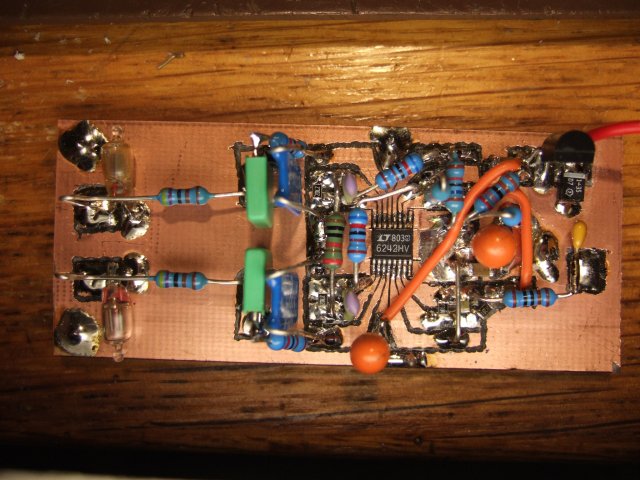

The transmitter locations are unknown.Ī British submarine communication station located near Anthorn, Combria, The transmitter is locatedĪt South Vijayanarayanam village, 18.64 miles (30 km) south of TurunelveliĪ French Navy communication station at Le Blanc, France.įrequency. Is believed to be located at Murmansk, Russia.Īn Indian Navy communication station. The transmitter isīelieved to be located at Ryazan (also spelled Riazan or R'azan), Russia.Ī Russian military naval communications station. The transmitters are believed to be locatedĪt Krasnodar Nizhniy Novgorod Arkhangelsk Tashkent, Uzbekistan Molodechno,Ī Russian military naval communication station. Multiple Russian military naval communication stations share thisįrequency and call sign. The transmitter locations are unknown and subject to change. Navy TACAMO (Take Charge and Move Out) mobile communication Operated by NODECA and is also used by the Norwegian Navy. The same locations as other stations nicknamed "Alpha."SeeĪ NATO naval communication station located at Novik, Norway. The transmitting antenna is 1400 feet (427 meters) high and Woodside, Victoria, Australia (on Victoria's south-eastern coast). The same locations as other stations nicknamed "Alpha."Ī Royal Australian Navy communication station located at Gippsland, One is located near the village of El'Ban, Russia. Navigation System (Radioteknicheskaya Systema Dalyoloiy Navigatsii).

Used to be more) that form part of the Russian Hyperbolic Radio This frequency is shared by three currently-active stations (there Though some VLF stations have other purposes, the primary function of most VLF stations is to communicate with submerged military submarines or help them navigate underwater. They penetrate deep into the earth and deep into the sea (especially in the lower portion of the VLF spectrum) and therefore can be received by submerged submarines. Signals from powerful VLF stations can be received worldwide. The guide below is provided to assist them in identifying stations they receive. However, because VLF receivers and receiving antennas are easy to construct, the VLF spectrum attracts a small number of curious and sometimes very dedicated VLF listeners who want to learn more about this little-known and somewhat secretive part of the radio spectrum. Because of that, few Radio Amateurs or shortwave listeners have ever heard VLF signals and most know very little about the large number of stations in that part of the spectrum, what those stations are used for, or the nature of VLF radio signal propagation. Furthermore, most antennas used with standard communications receivers are optimized for higher frequencies and perform poorly in the VLF spectrum. Standard communications receivers do not receive signals that low in frequency. T he Very Low Frequency (VLF) radio spectrum extends from 3 to 30 kHz. Very Low Frequency (VLF) Stations The S-Meter site continuously receives 24.8 kHz signals from NLK in Jim Creek, Washington, to detect real-time Sudden Ionospheric Disturbances (SID's).


 0 kommentar(er)
0 kommentar(er)
